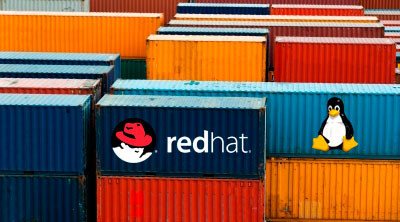This new portfolio for Linux containers is based on Red Hat Enterprise Linux and aims to answer emerging business needs by offering:
-A hardened and reliable Linux container operating system via Red Hat Enterprise Linux and Red Hat Enterprise Linux Atomic Host.
-A comprehensive enterprise container development and deployment platform tailored to a wide range of use cases in Red Hat OpenShift.
-Enterprise-grade container native storage via Red Hat Gluster Storage.
–Unified container management with Red Hat CloudForms.
For further info see Red Hat PR







0 Comments